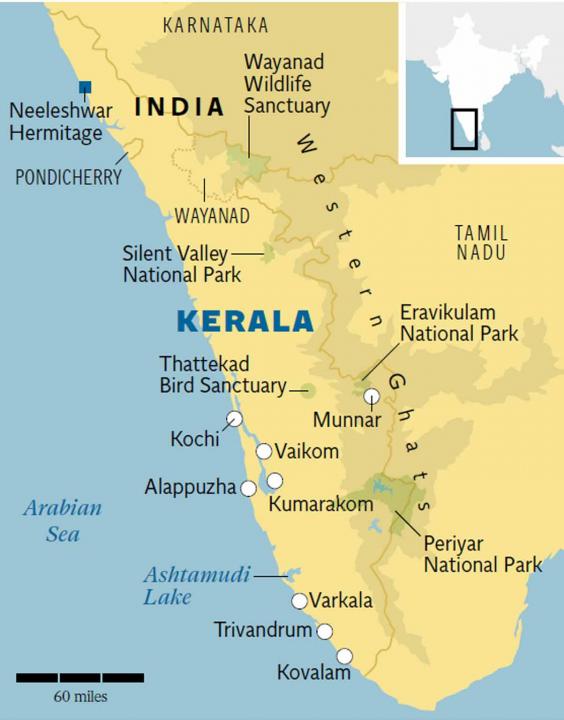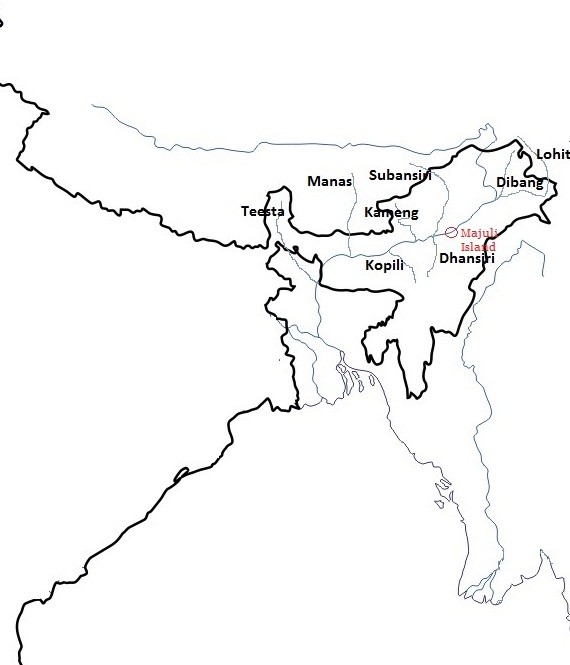7667766266
enquiry@shankarias.in
Proto-historic settlement of artisans
Kaniyan Koothu
8th Regional 3R Forum
Silent Valley Park

Advanced Supersonic Parachute Inflation Research Experiment ASPIRE
Low cost weather modification technology
Map of the day
India Brahmaputra

Source: PIB, The Hindu